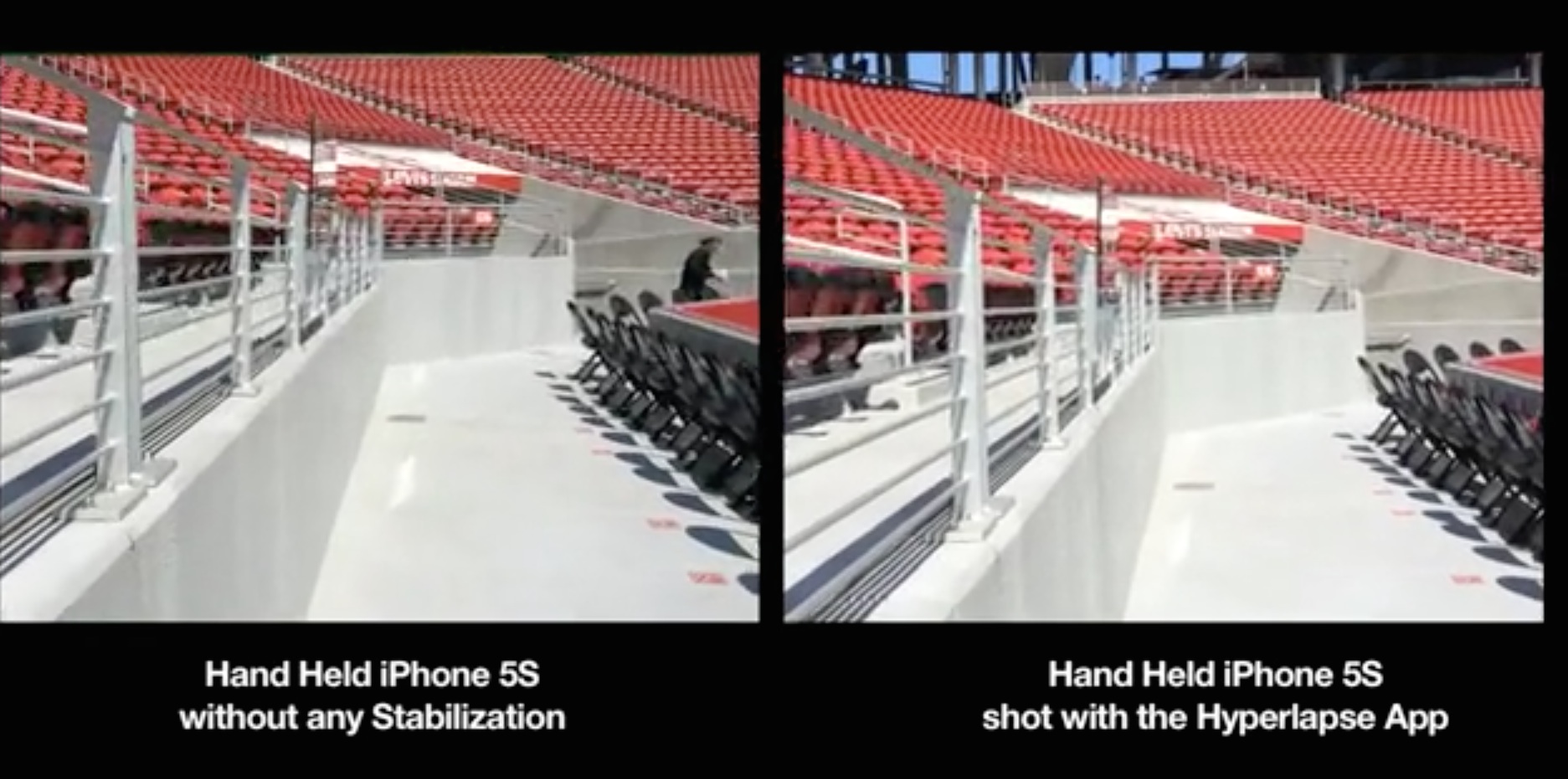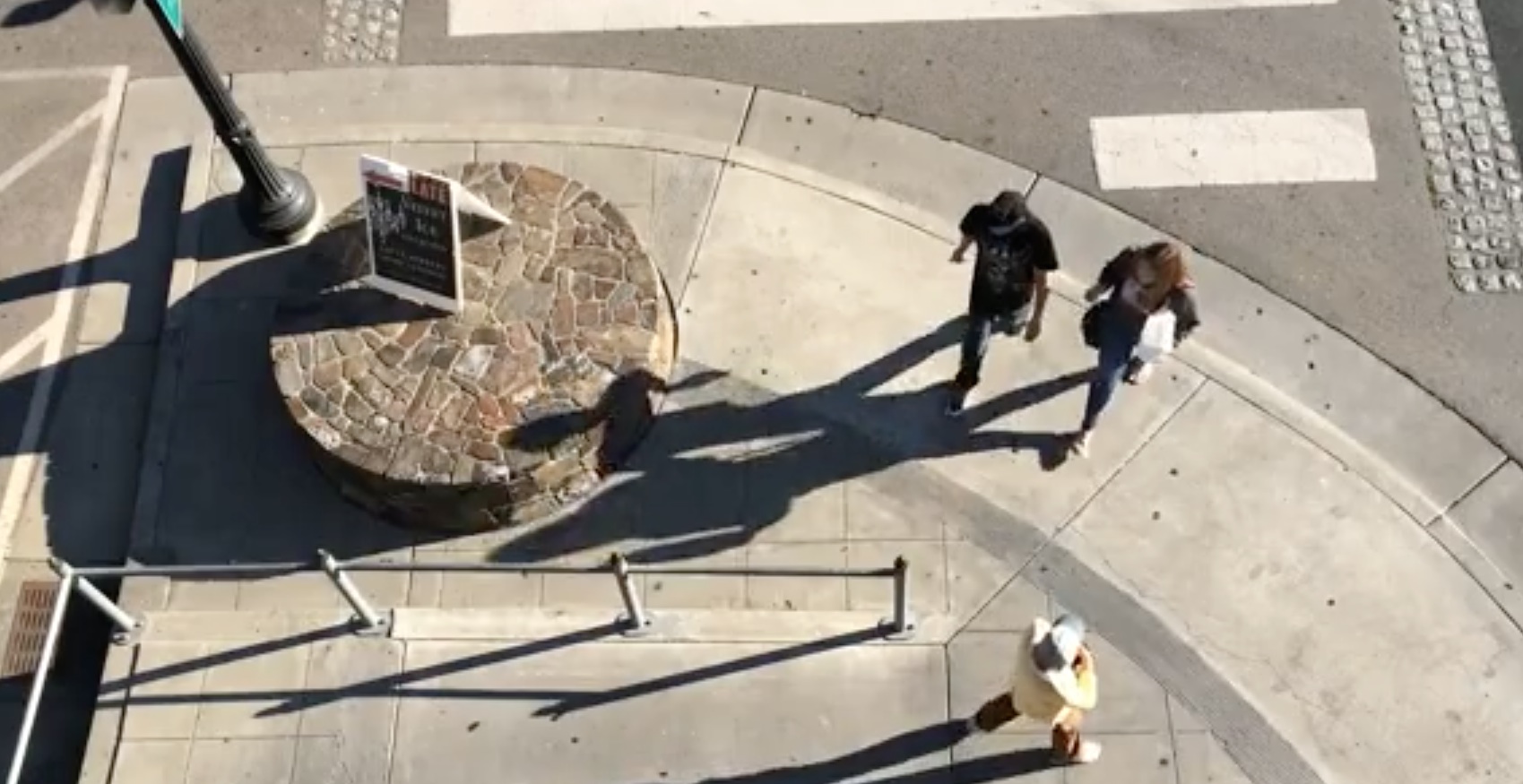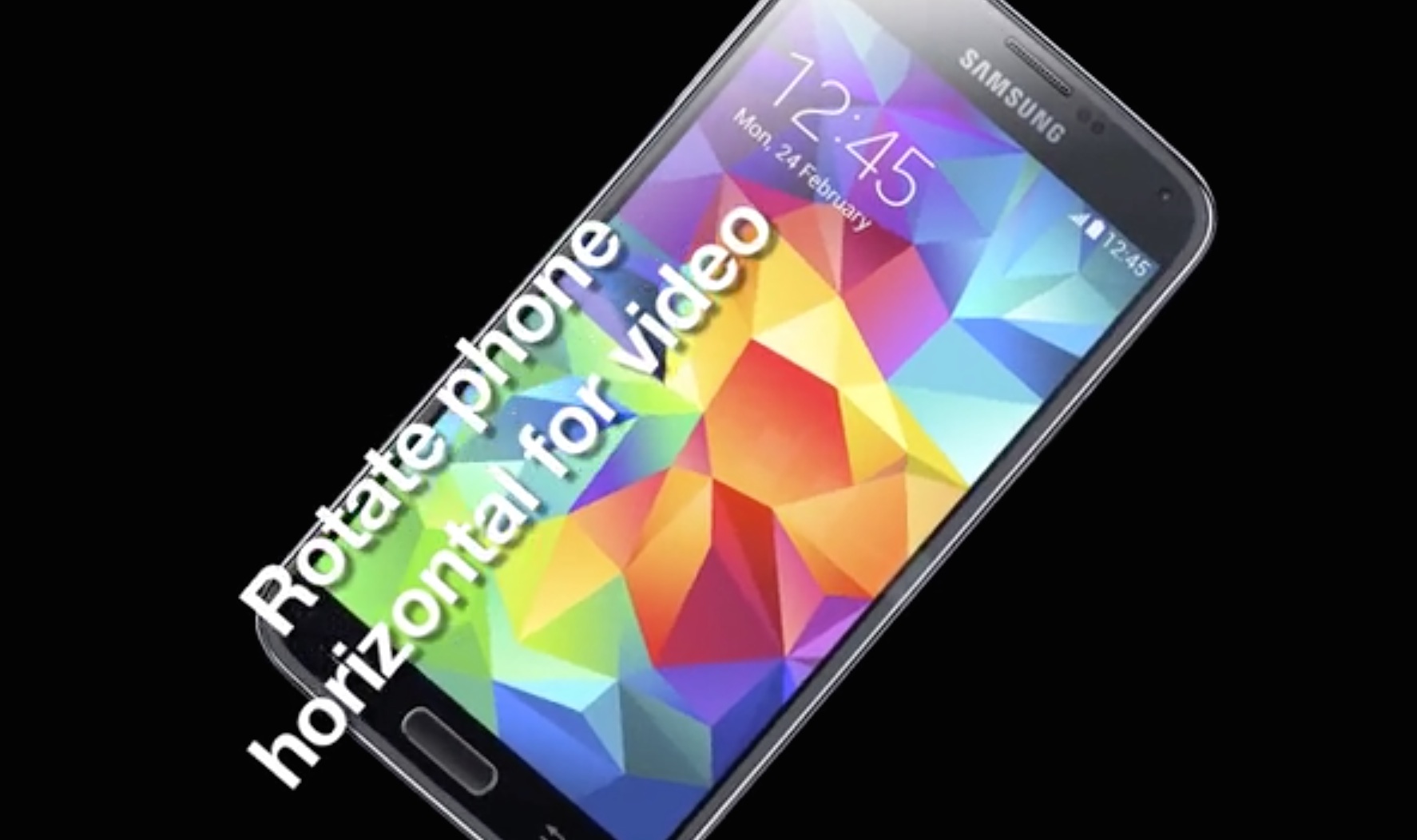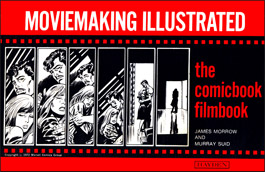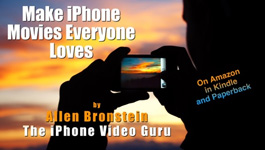iPhone video Stabilization with Hyperlapse
To overcome a shaky image when shooting hand-held video, use the Instagram Hyperlapse app. It works…and it’s free. Check out a side-by-side demonstration. Hyperlapse is also used for time-lapse cinematography as illustrated in this 45-second demo: FacebookTwitter
read more →
